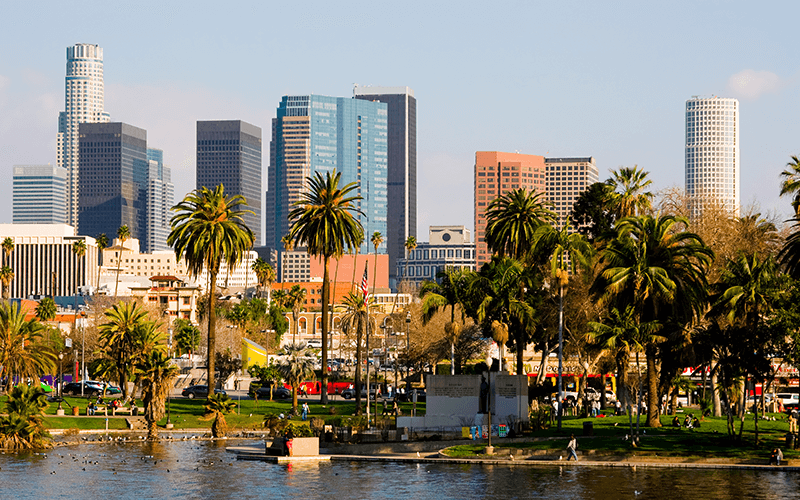Maybe so, if you're willing to go along with a few assumptions.
First, you have to more or less go along with the arguments I've been making in this thread so far (see here, here, and here). Then there's one more fairly substantial but not unprecedented assumption: If a project falls through, some of the capital that would have gone into it is likely to be diverted to other projects in the area. Though probably not 1 to 1, blocking development in one spot will tend to free up some money for development somewhere else in the same metro area.
If you buy this and you believe that the NIMBYs of SF and SM were at all effective in their efforts, then these local YIMBY losses have improved California’s housing and transportation crises and have very probably helped reduce the state’s carbon footprint by diverting development to more central, more populous and generally better situated neighborhoods.
In the case of LA County and the Bay Area, where did that development money go (as of 2017. If I get more recent data I'll update.)?
Top U.S. Neighborhoods that Got the Most Apartments After the Recession
Top 10 U.S. Neighborhoods with Most New Apartments
Downtown San Jose also breaks the top twenty.
As I've discussed in numbing detail (with, I'm embarrassed to say, more to come), the enclaves of the rich seen by the Vox/NYT YIMBYs as the keys to fixing the crisis, are so badly situated that spending development money in any of them might possibly do net damage. One of the few pieces of good news in the California housing story so far is that we appear to be building mostly on the right places and very little in the wrong ones.


No comments:
Post a Comment